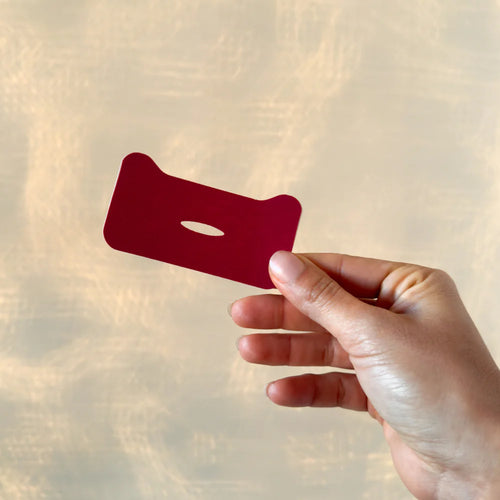HOW and WHEN we eat is just as important as WHAT we eat.
Today we are focusing on simple practices that can be applied while you are actually eating your food.
Begin by incorporating mindful eating. Mindful eating means having awareness about your overall eating habits and being aware of your senses while consuming food.
The enhanced awareness of environmental food triggers has been shown to help your gut health, reduce binge eating, decrease portion sizes and lower calorie intake all while increasing the enjoyment of a meal.
How To Eat
- Be mindful. Before you begin eating, take a deep breath and tune in to how your body, especially your abdomen, feels to start. If you are cooking personally, try breathing in the ingredients and taste before you serve.
- Slow down. As you go through the meal, eat slowly, take small bites, chew your food well and periodically re-assess the sensations of your body and stomach. Take notice how you feel during this time.
- Eat to 80% full. This means you stop eating when satisfied, with even a little room left over. Satiated but not stuffed. This concept can be tough to grasp, but you can think about starting by slowing down and paying attention to how your body feels when you eat.
- Don’t force food. Don’t force yourself to clean the whole plate. Even if you were brought up this way, when you are satisfied, stop eating
- Are you actually hungry? We tend to use food as a coping mechanism for stressors or sometimes we eat, because we are bored. Stop to ask yourself, am I actually hungry or am I eating for other reasons?
- Eliminate distractions. Try turning off the TV, putting down your phone and creating a quiet and comfortable space. Research shows that distractions lead people to consume more calories during a meal. It also causes them to eat more food later in the day.
- Appreciate your food. Take a moment to silently acknowledge gratitude for the meal in front of you.
- Portions matter. Resist eating from bags or boxes. Serving out your portion will help to stop overeating.
- Less snacking, more meals. Everyone enjoys snacks from time to time, but overall you want to be shooting for more full meals and less snacks. This will help your blood sugar, allow you to feel full throughout the day and give your gut a break during the day.
When To Eat?
Eat within a 10-12 hour time frame.
- Eating this way helps to sync your body with its natural circadian rhythm. You are narrowing your eating window to daylight and fasting during night hours.
- Unlike intermittent fasting, which strives for longer windows of fasting between meals, sticking to just 10-12 hours between your last meal of the day and your first meal the next day helps to give your gut and digestive system the rest it needs.
- This can help to metabolize the nutrients you eat better, sustain long-term weight loss, and may help your overall quality of sleep. Practically what this looks like is eating between 10 am – 6 pm or 8 am- 8 pm every day. You may even be doing this on most days already!
- This is not something that needs to be perfect, but eating within this cycle more often than not will go a long way.








